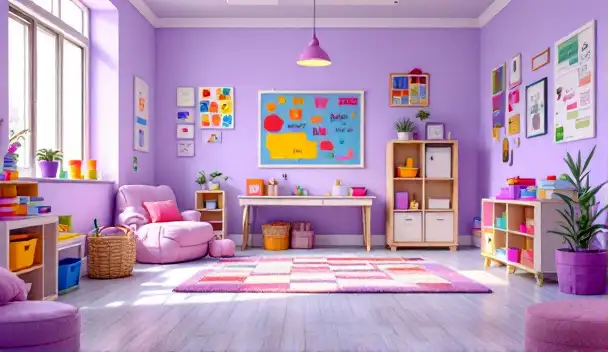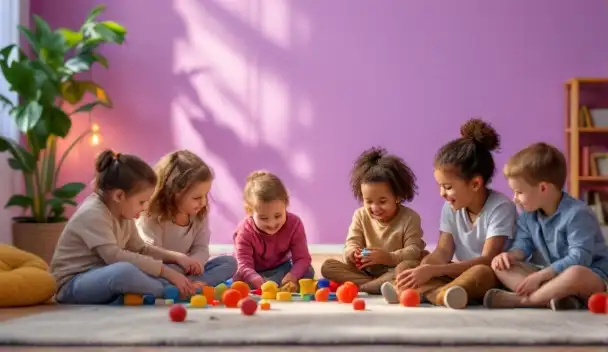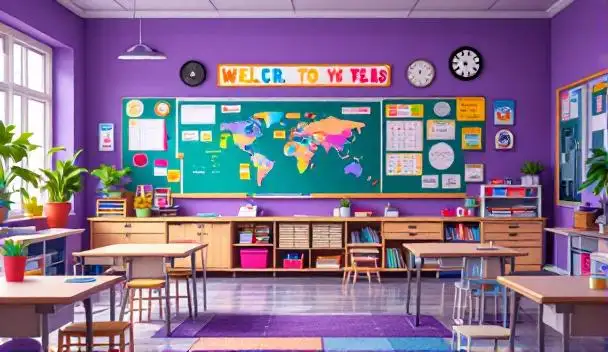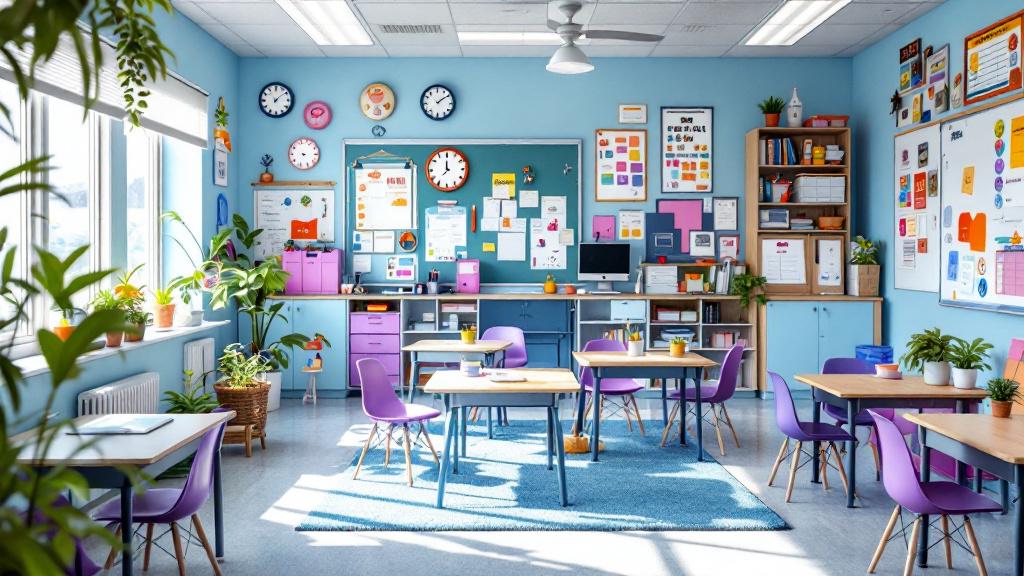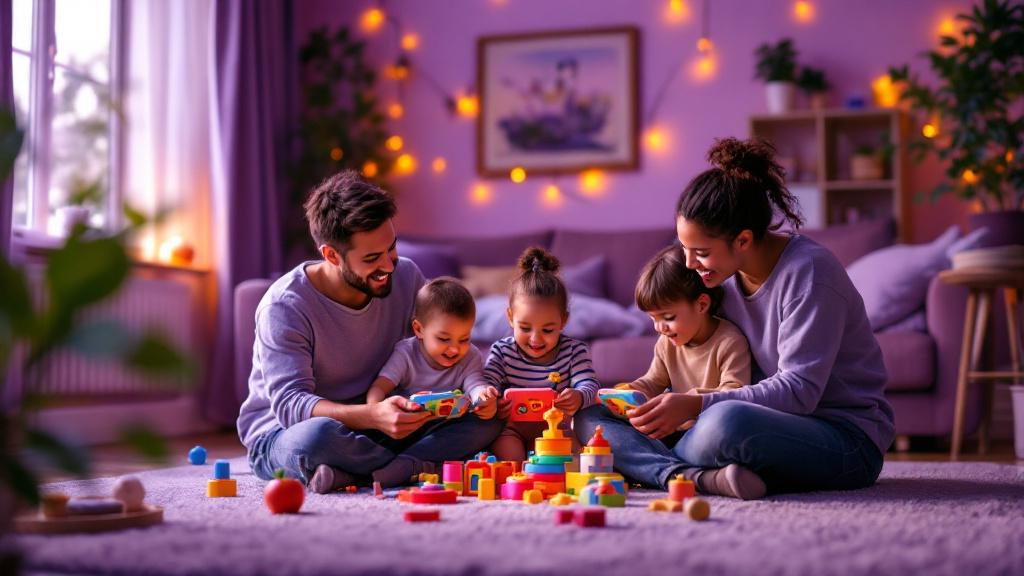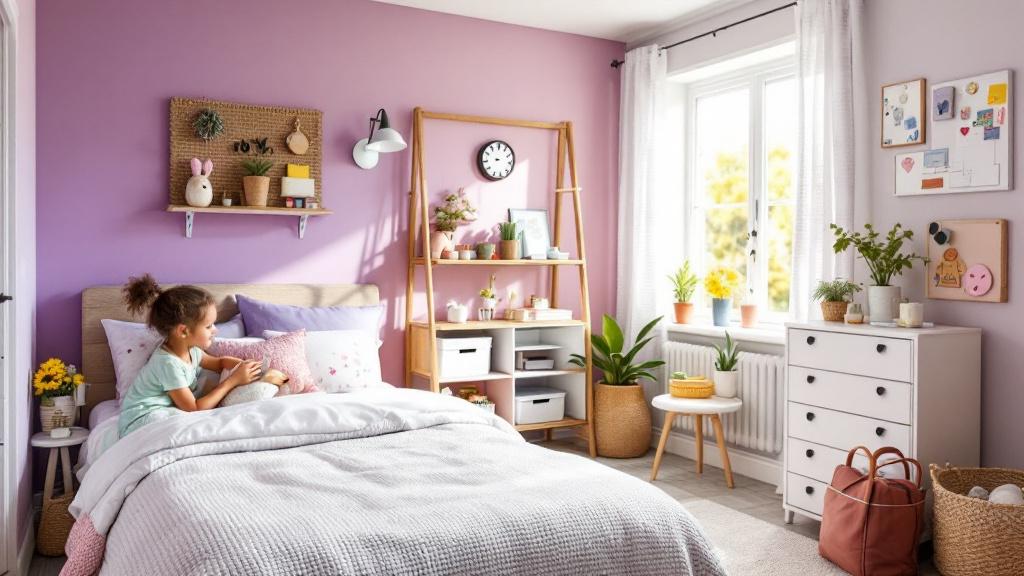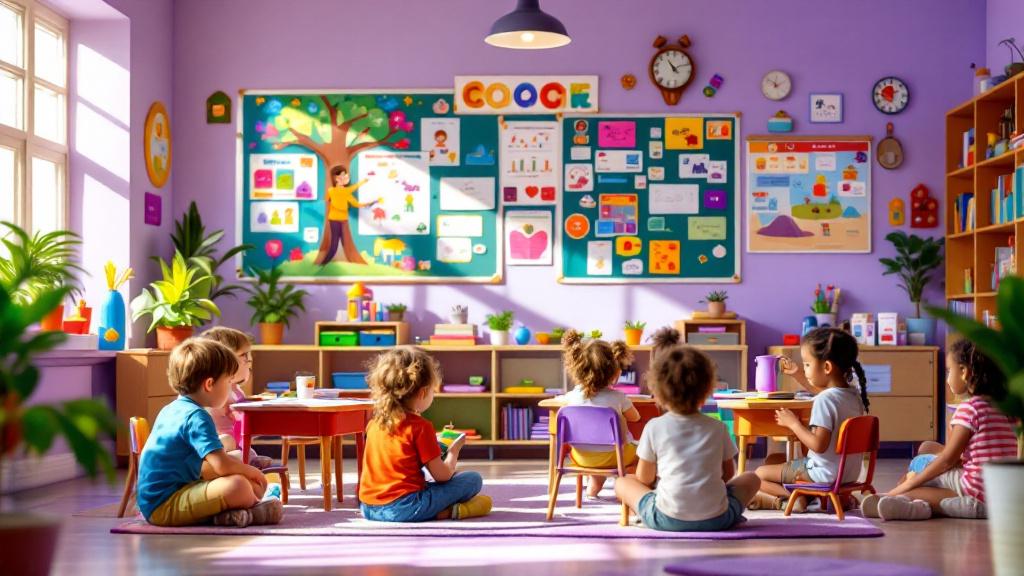Understanding and Preparing for ABA Therapy
ABA (Applied Behavior Analysis) therapy is a scientifically proven approach to helping children with autism develop essential skills in communication, social interaction, and daily living. Proper preparation can significantly enhance the child's comfort, cooperation, and success in therapy sessions. This guide explores practical strategies parents can employ to prepare their child for ABA therapy, ensuring a positive and engaging experience from the very first session.
Familiarize Yourself with the ABA Process and Individualized Plans
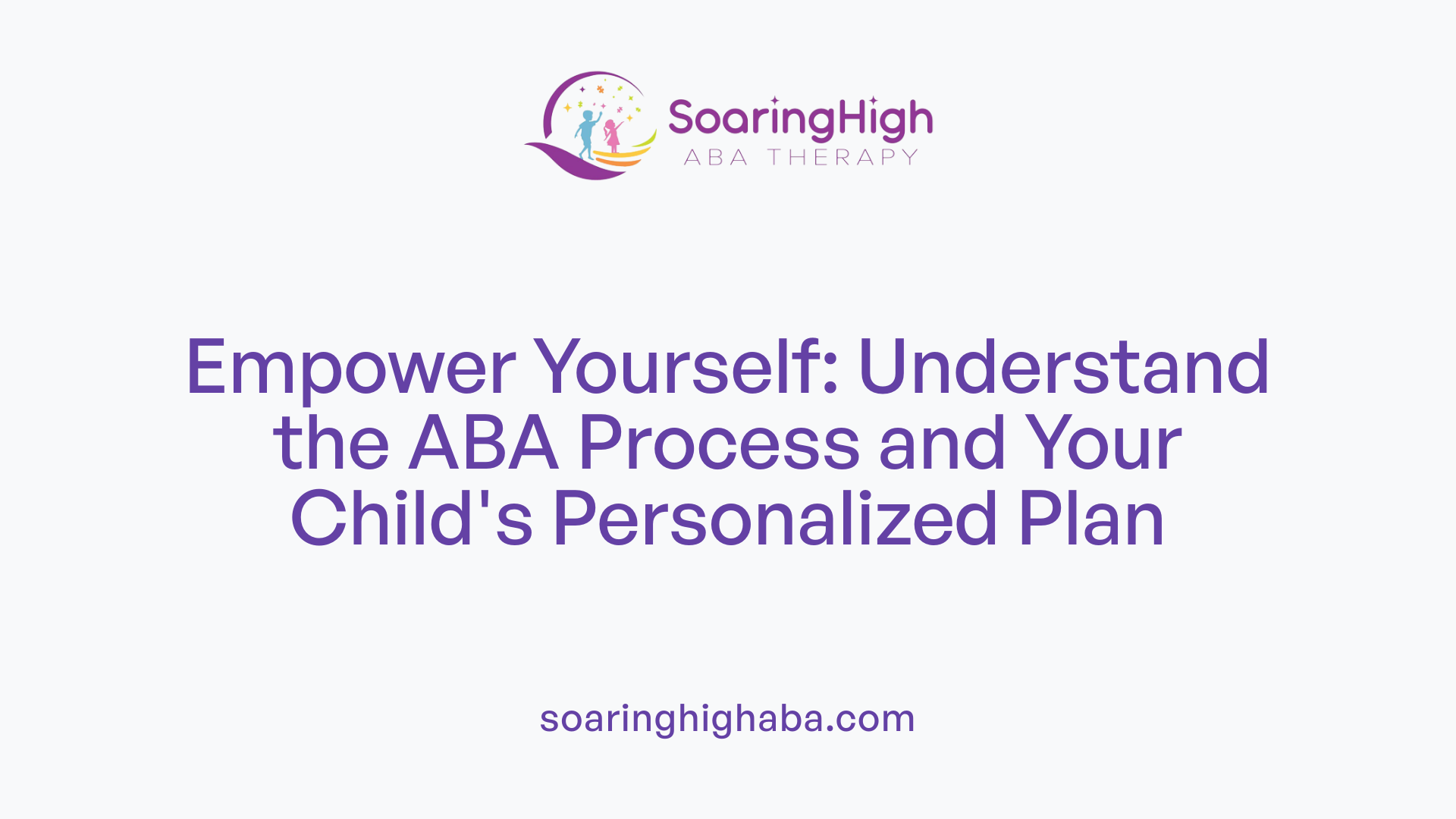
How can parents prepare their child for ABA therapy sessions?
Preparing a child for ABA therapy involves understanding the goals of therapy, reviewing their personalized treatment plan, and maintaining open communication with the therapy team.
First, familiarize yourself with what ABA therapy aims to achieve. It focuses on improving communication, social skills, daily living tasks, and behaviors through positive reinforcement. Knowing these goals helps caregivers support their child's progress effectively.
Next, review the child’s specific treatment plan developed by a behavior analyst. This plan is tailored to the child's strengths, challenges, interests, and preferred rewards. Understanding the plan allows parents to reinforce the same skills and strategies at home, creating a consistent learning environment.
It is also helpful to establish a predictable routine around therapy sessions. Use visual schedules, social stories, or simple explanations to prepare the child for what will happen during each session. Practicing calming techniques like deep breathing or role-playing scenarios at home can reduce anxiety and help the child feel more in control.
Creating a calm, familiar environment both at home and in the therapy setting is crucial. This includes using items the child finds comforting, like favorite toys or blankets, and minimizing sensory overload by reducing loud noises and bright lights.
Finally, communication is vital. Share detailed information about your child's likes, dislikes, triggers, and preferred reinforcers with the therapist. Regular updates help adapt the session to your child's evolving needs.
In summary, effective preparation combines understanding therapy goals, reviewing personalized plans, establishing routines, creating a comforting environment, and staying connected with your child's therapy team. This comprehensive approach helps ease the transition into therapy, build trust, and promote meaningful progress.
Create a Comfortable and Predictable Environment at Home and During Sessions

What are the best practices for preparing a child for their first ABA therapy session?
Preparing a child for ABA therapy involves creating a calm, familiar environment and building trust with the therapist. Begin by familiarizing your child with the therapy space through casual visits or virtual walkthroughs. Introducing the therapist beforehand with relaxed meet-and-greet sessions helps reduce anxiety and fosters a sense of comfort.
Use simple, positive language when explaining what ABA therapy is, emphasizing that it’s a fun way to learn new skills. Creating visual supports like schedules and social stories helps children understand what to expect during sessions, which can make transitions smoother. Incorporate visual cues such as charts or picture cards to outline daily routines and activities.
Bringing comfort items such as favorite toys, blankets, or sensory tools can provide reassurance and help the child feel secure during therapy. Establishing a pre-therapy routine that includes favorite activities and familiar objects encourages positive associations with sessions.
To motivate your child, celebrate small successes with praise or stickers, and reinforce positive behaviors. Parents’ active participation in the process, sharing insights about their child's preferences and triggers with therapists, supports tailoring the therapy to the child's needs.
Additionally, practicing the routine at home and maintaining consistent schedules help reduce resistance and anxiety. With these preparations, children are more likely to feel safe, engaged, and ready to benefit from ABA therapy.
Use Strategies to Ease Anxiety and Build Trust
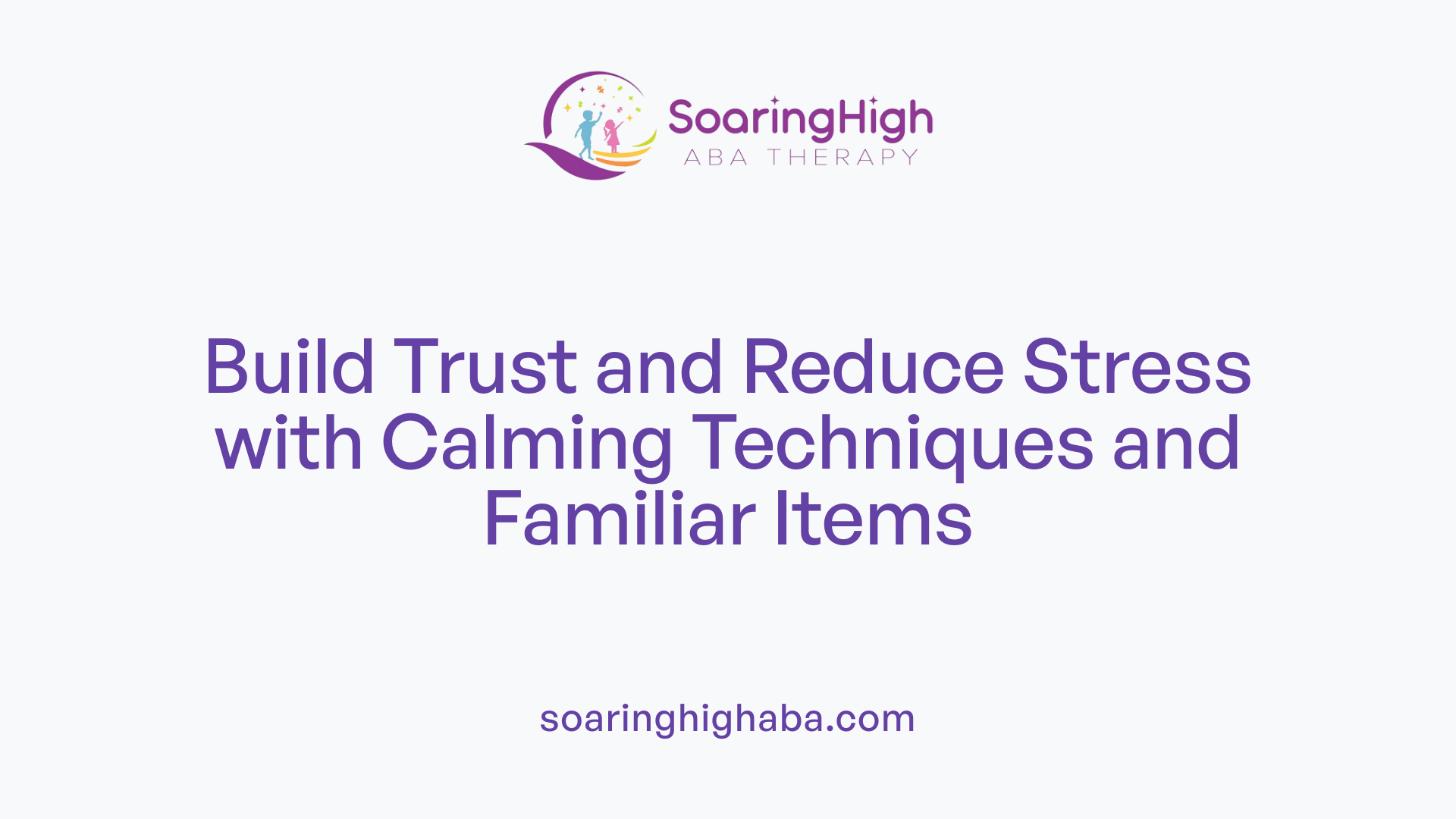
How can parents prepare their child for ABA therapy sessions?
Preparing a child for ABA therapy is essential for a positive and productive experience. Parents can start by familiarizing their child with what to expect through simple stories or explanations. Using visual aids like social stories helps children understand the routine and activities involved, making the process less intimidating.
Creating a calm, familiar environment at home can also make a difference. Incorporating comfort items such as favorite toys, blankets, or noise-canceling headphones provides sensory comfort during sessions. Gradually adjusting the child's routine before starting therapy minimizes resistance and reduces anxiety.
Practicing calming techniques at home can empower children to manage their feelings. Deep breathing exercises, mindfulness, or gentle sensory activities can help soothe nerves. Role-playing scenarios, like meeting the therapist or going to the therapy setting, using social stories, can make children feel more prepared and confident.
It's important to communicate openly with the therapy team and share insights about your child's preferences, triggers, and reinforcers. Reinforcing learned skills and providing positive reinforcement outside of sessions further facilitates smooth transitions. By implementing these strategies, parents help build a trusting relationship and create a supportive atmosphere, setting the stage for successful ABA therapy.
Techniques for reducing child anxiety in ABA sessions
Parenting involves more than preparation; employing specific techniques can significantly ease your child's stress during therapy. Consistently using visual schedules and social stories offers predictability, which is comforting for children. Bringing familiar objects and comfort items, like favorite toys or blankets, provides reassurance.
Introducing familiar objects beforehand, perhaps during a casual visit to the therapy space, helps children associate the environment with safety. Practicing calming exercises, such as deep breathing or gentle counting, can be taught at home and used during sessions.
Role-playing existing routines with your child, using social stories to simulate therapy activities, can demystify the process and foster readiness. These preparatory steps contribute to lowering anxiety levels, making therapy an engaging and positive experience.
Role-playing using social stories
Role-playing is a helpful method for familiarizing children with therapy activities. Using social stories, which are simple narratives about what will happen during sessions, children can visualize and mentally prepare for their experience.
Parents can act out scenarios where they pretend to be the therapist or other children, practicing greetings, activities, and saying goodbye. This rehearsal reduces uncertainty and builds confidence.
Social stories can incorporate relevant interests or familiar characters, making them more relatable. Repeated practice and positive reinforcement during role-plays encourage children to approach therapy sessions with enthusiasm rather than fear.
Introducing familiar objects and comfort items
Incorporating familiar items like favorite toys, blankets, or special fabric pieces into therapy sessions can provide comfort and a sense of security. These items can be used as tools for reinforcement or calming aids.
Bringing these objects helps the child associate the therapy environment with positive feelings. Therapists often incorporate comfort items into activities to facilitate engagement and reduce distress.
Ultimately, these strategies—visual supports, familiar objects, role-playing, and calming techniques—work together to foster trust, reduce anxiety, and support the child's successful participation in ABA therapy.
Incorporate Engaging Activities to Make Therapy Enjoyable
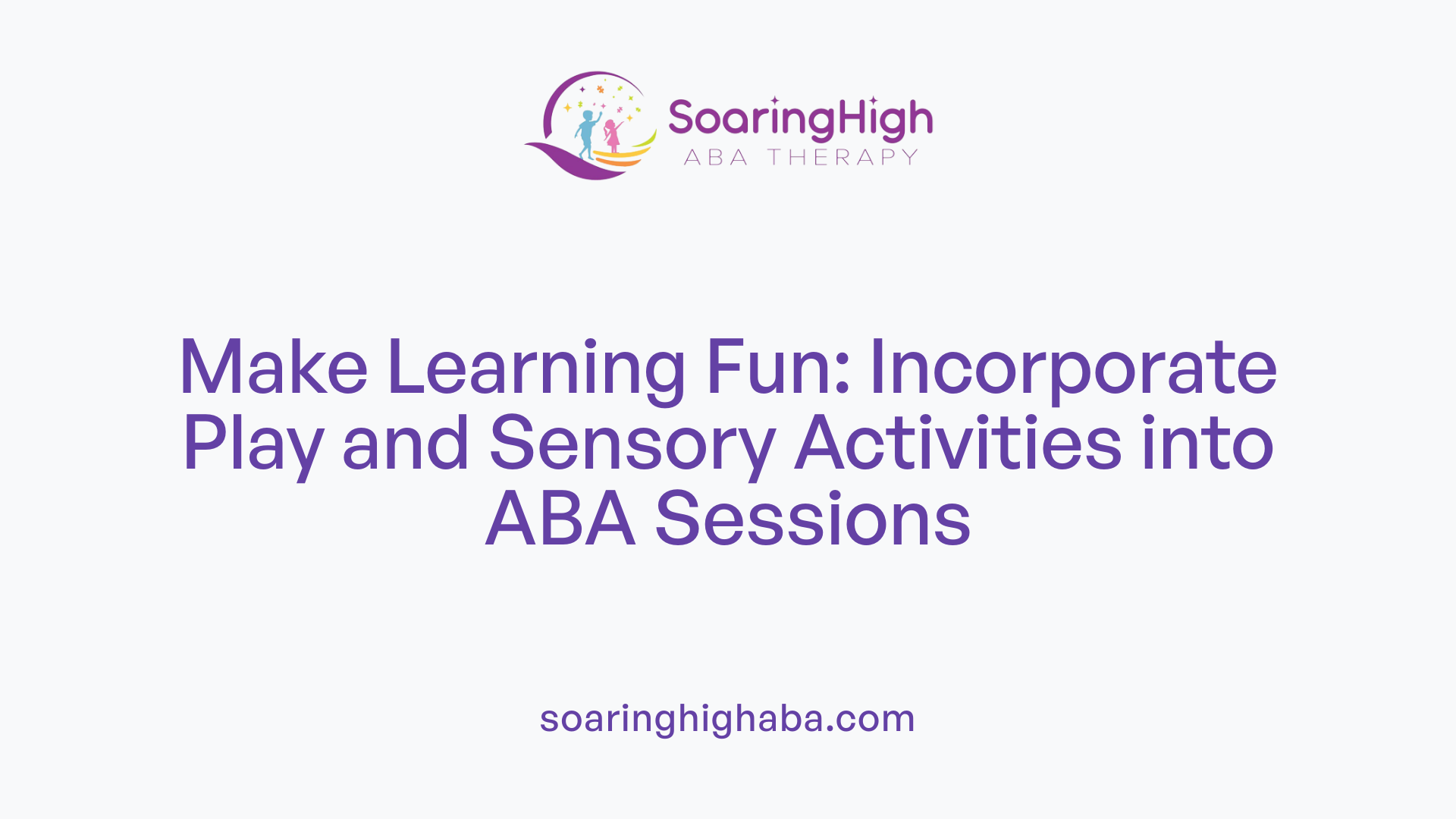
What strategies help make ABA therapy sessions enjoyable for children?
To keep children motivated and eager to participate in ABA therapy, it’s important to include activities that match their interests and preferences. When children are engaged in activities they love, they are more likely to stay focused and enjoy the learning process.
Using play-based learning is a common and effective approach. This includes activities like puzzles, sensory bins filled with textured materials, music sessions, and pretend play with dolls or toy cars. These methods make sessions feel less like work and more like fun games.
Adding movement breaks and sensory activities also helps. Quick obstacle courses, dancing to music, or using sensory items like textured toys can help children regulate their emotions and stay attentive during therapy.
A supportive environment with visual aids, such as picture schedules and clear instructions, further enhances enjoyment. Rewards like stickers, tokens, or praise at the right moments boost motivation.
Involving family members can make sessions more meaningful. When parents or siblings join in or understand what their child is learning, it creates a stronger bond and encourages practice at home.
Adapting activities for different age groups and individual needs ensures that every child finds something fun and engaging during their sessions.
By blending enjoyable, sensory-rich activities with structured ABA techniques, therapists can turn therapy from a challenge into an exciting and positive experience. This approach not only helps children learn necessary skills but also builds a positive outlook towards therapy and growth.
Parents' Active Role During Sessions and Outside Practice
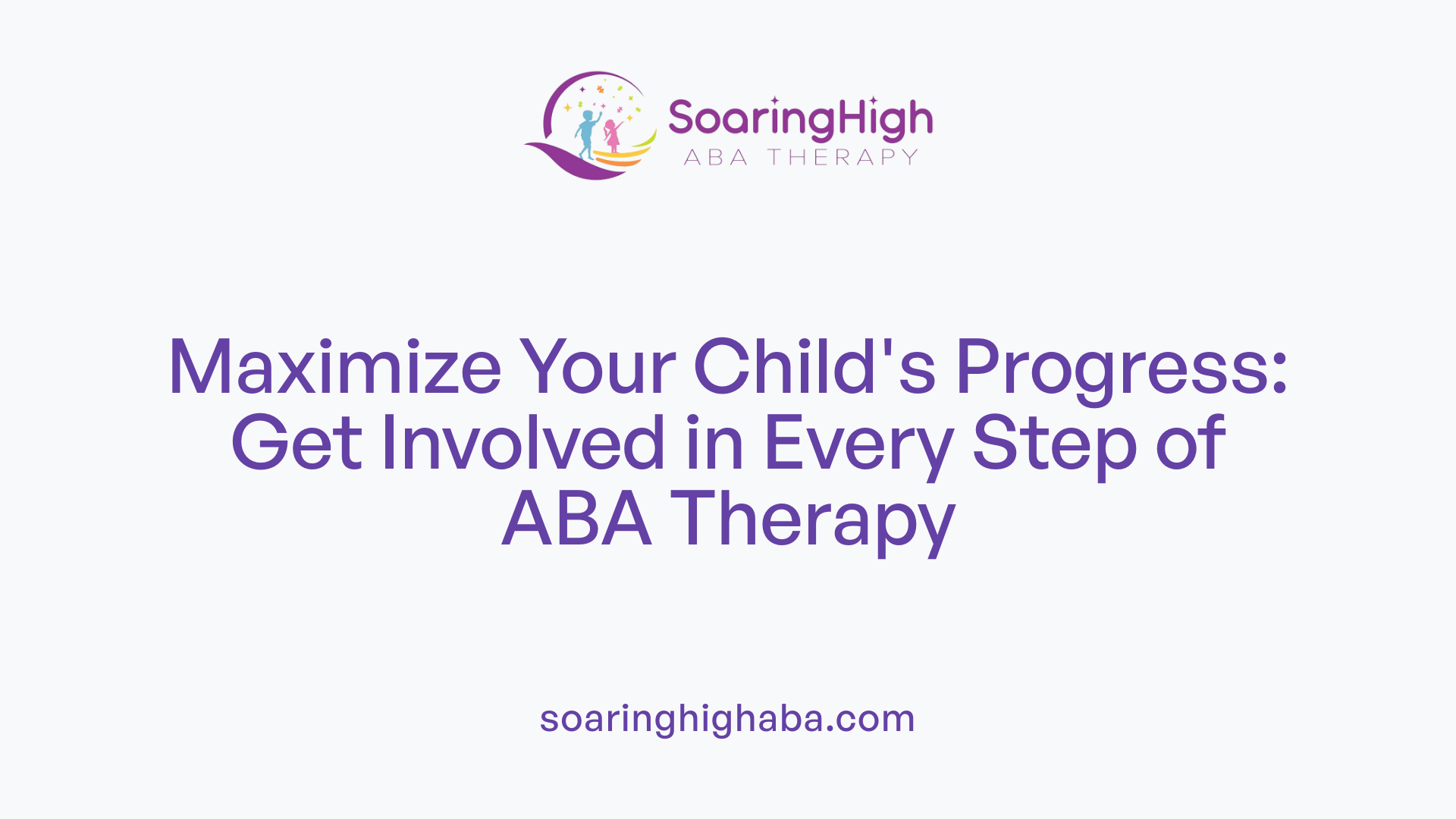
What do parents do during ABA therapy?
Parents play a crucial part in their child's success with ABA therapy both during sessions and in everyday life. They reinforce the skills their child learns in therapy by practicing activities at home, creating a consistent environment for growth.
A vital part of their role is collaborating closely with the therapy team. This involves understanding the personalized goals set by the behavior analyst, participating in parent training sessions, and learning how to implement strategies like positive reinforcement effectively.
Parents also help establish routines and boundaries that support the child's progress. For example, setting predictable schedules and incorporating visual cues helps children feel secure and prepared for therapy sessions.
In home-based therapy, parents can integrate learning activities into daily routines such as mealtime, play, or self-care. This reinforcement outside of therapy sessions encourages generalization of skills and enhances their development.
Overall, when parents are actively involved, they create a unified support system. This collaboration boosts the child's motivation, builds trust, and maximizes the benefits of ABA therapy.
How can parents support effective ABA therapy?
- Reinforcing skills learned in therapy
- Maintaining consistent routines and boundaries
- Collaborating with therapists and sharing feedback
- Applying learned strategies during daily activities
- Creating a positive, encouraging environment at home
Being proactive and involved helps children feel supported and motivated, paving the way for meaningful improvements in communication, social interactions, and independence.
Supporting Your Child’s ABA Success
A well-prepared child is more likely to engage actively and benefit fully from ABA therapy. By understanding the process, creating a comforting environment, and fostering trust and motivation through engaging activities, parents lay a strong foundation for their child's development. Consistent communication with therapists, incorporating learned skills into everyday routines, and maintaining a positive outlook help maximize the effectiveness of ABA. Remember, each child's journey is unique, and your ongoing involvement and encouragement are crucial in helping them grow, learn, and thrive through ABA therapy.
References
- How to Prepare Your Child for Their First ABA Therapy Session
- How to Prepare Your Child for Their First ABA Session ...
- What to Expect on the First Day of ABA Therapy?
- How to Prepare your Child for ABA Therapy | Child Autism
- 5 Simple Ways to Get Your Kids Ready for ABA therapy session
- How to Prepare Your Child for ABA Therapy Sessions
- 5 Great Tips for First Time ABA Therapy - Autism Parenting Magazine








































